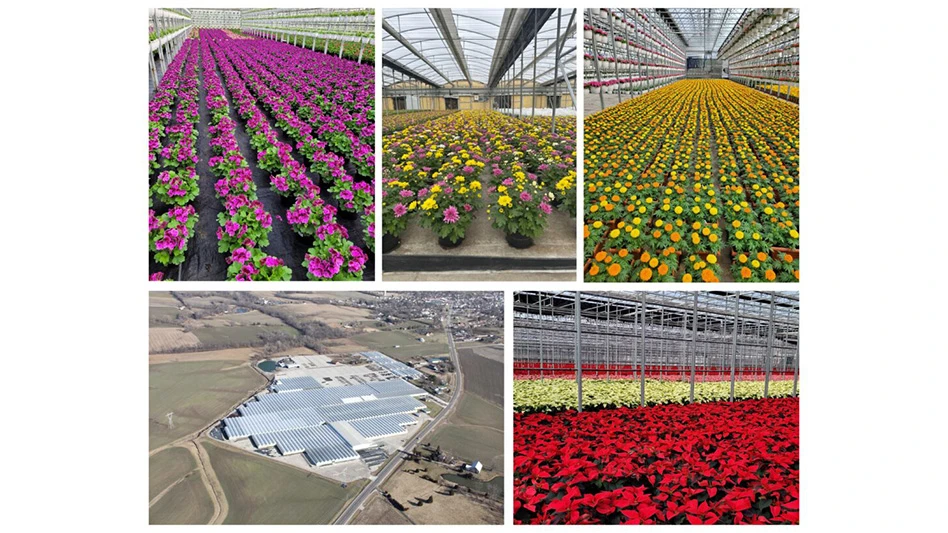Late blight is becoming a threat to tomato growers again this year as the pathogen is being spotted in several locations across Pennsylvania, New Jersey and Connecticut. In 2009, the pathogen spread through the Northeast and mid-Atlantic, wiping out tomato and potato crops.
Although mostly commercial production fields have been hit, greenhouses and home gardeners should be vigilant as well.
The recent warm weather has been helping to slow the spread since the disease does best in cool, wet conditions in the high 60s. But warm weather will not kill late blight, only stop it from infecting other plants as quickly.
Growers should be on the lookout for brown spots on fruit and fuzzy growth on the underside of leaves. Other signs are pale green leaves, and long brown lesions on the stems.
To prevent late blight, growers can apply protectant fungicides, or, for organic growers, copper products can be used.
Latest from Garden Center
- GIE Media Horticulture Group wins five regional 2025 Azbee Awards of Excellence
- Terra Nova Nurseries introduces rust-free and disease-resistant heucherella
- John T. Nickel, founder of Greenleaf Nursery Co., passes away at 89
- Garden Media Group announces sixth annual Women in Horticulture Week
- Star Roses and Plants announces National Knock Out Rose Day
- The Growth Industry Episode 4: How federal budget cuts are affecting horticulture nonprofits
- Pennsylvania Horticultural Society shares top gardening trends from 2025 Philadelphia Flower Show
- California Spring Trials 2026 dates announced





